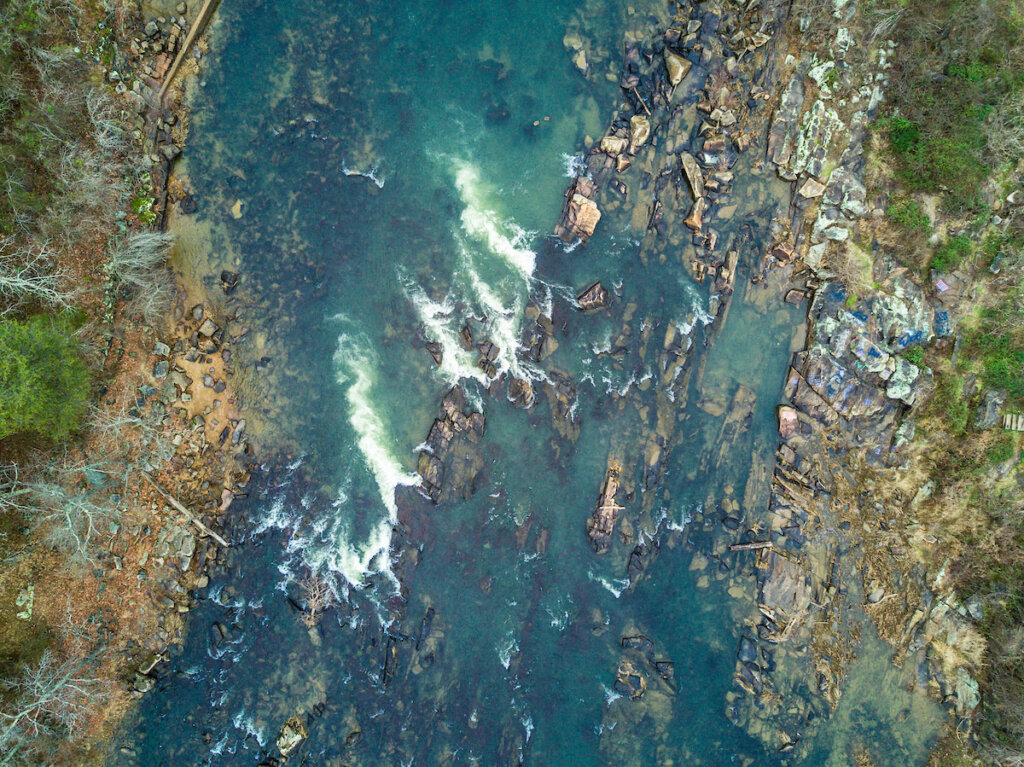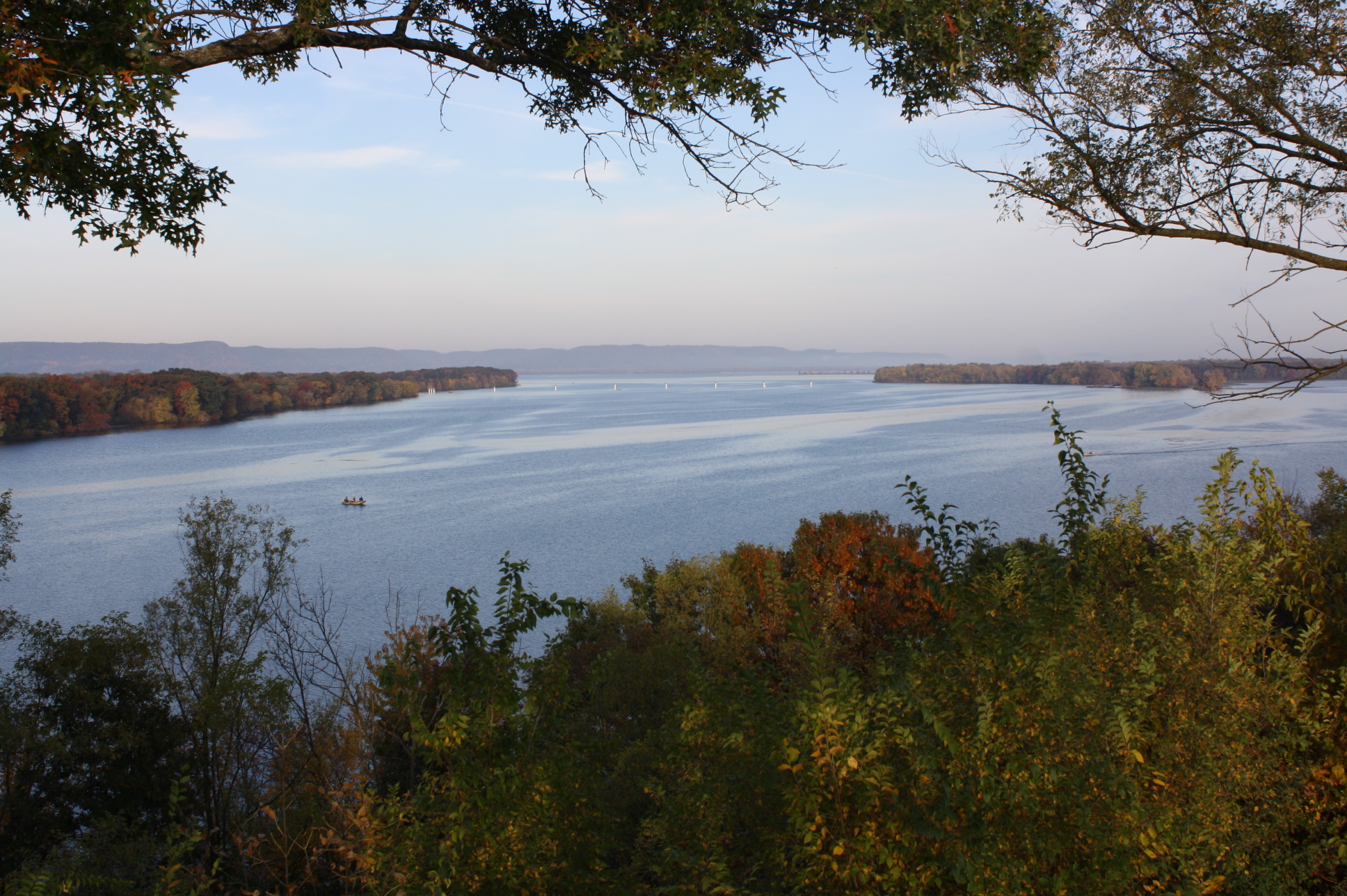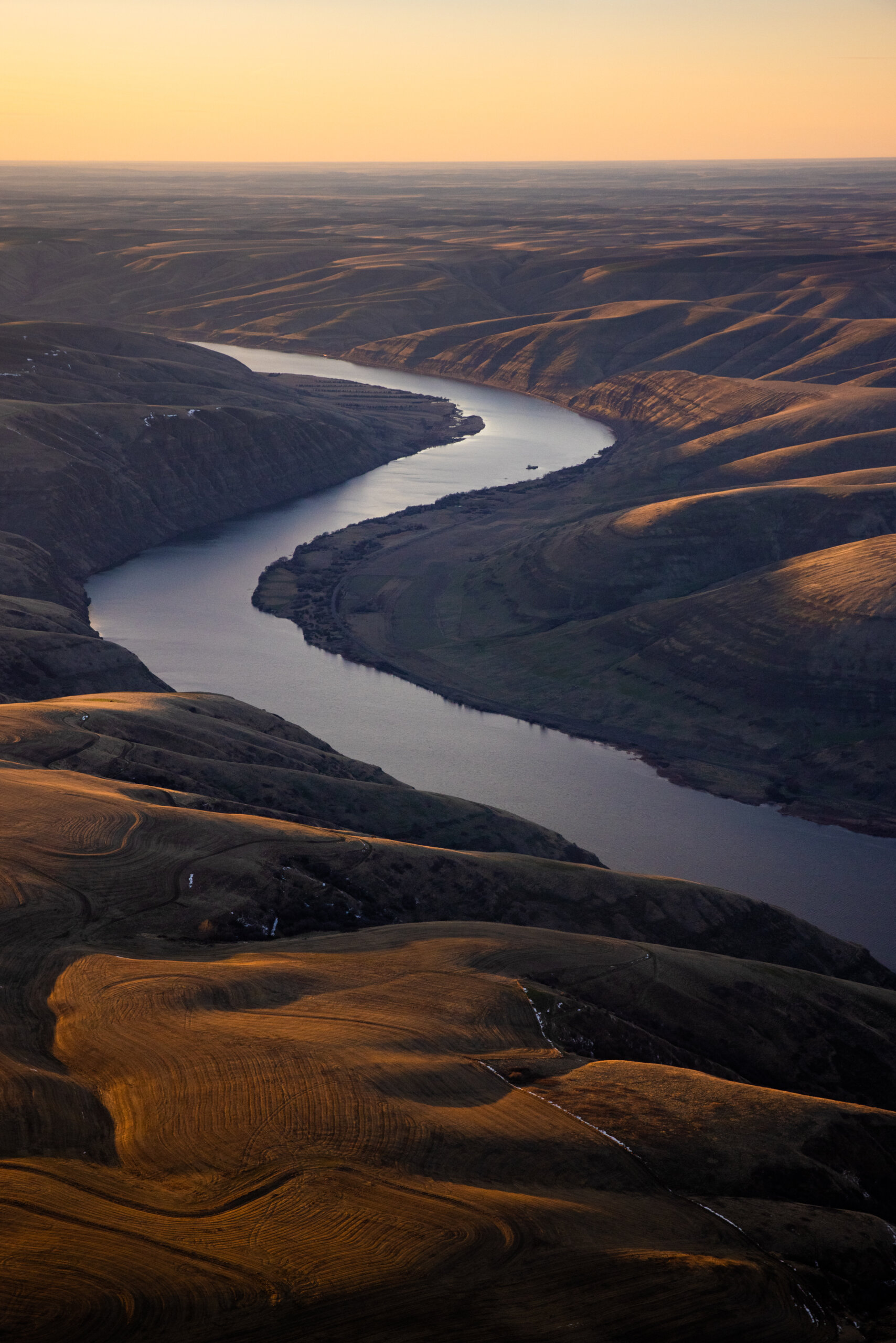Key Takeaways from the Omnibus Spending Package: What’s in it for rivers?


In the remaining days of 2022, we’re happy to share some important wins for rivers – including funding for critical clean water and river restoration programs, as well as new Wild and Scenic River designations. While there’s much to be thankful for, the bill still has a number of shortcomings. In this blog, we break down the funding and policy highlights.
On December 20, appropriators released the highly anticipated fiscal year 2023 omnibus spending package which includes modest environmental and conservation funding increases. Overall, the bill would fund the government at $1.7 trillion for most of 2023 – $858 billion toward defense and $772.5 billion in domestic spending.
The omnibus spending bill funds federal agencies such as the Environmental Protection Agency (EPA) and Department of Interior (DOI). The EPA received a $576 million increase from current levels to support the agency’s science, environmental, and enforcement work. The bill also includes $14.7 billion for DOI programs, an increase of $574 million above fiscal year 2022.
These funding increases support river restoration and river health goals across the country.
Key Takeaways From The Omnibus Spending Package:
- General increases to EPA, DOI, and National Oceanic and Atmospheric Administration
- Additional supplemental funding for National Park Service to restore 500 of the 3,000 staff positions that have been lost over the past decade
- $40 billion for disaster recovery and drought
- $600 million to address water issues in Jackson, Mississippi.
- $682 million for EPA’s geographic program including $92 million for Chesapeake Bay Program and $368 million for the Great Lakes Restoration Initiative
- $1.67 billion for EPA’s Clean and Drinking Water State Revolving Funds
- $50 million for EPA’s Sewer Overflow & Stormwater Reuse Municipal Grant program
- $65 million for Bureau of Reclamation’s WaterSMART grants
Key River Budget Priorities & Performance:
| Agency | Program | FY 23 Rec. from American Rivers | Omnibus Spending bill 12/20/22 | About the Program |
| EPA | Reducing Lead in Drinking Water | $100M | $25M | Reduces the concentration of lead in drinking water. |
| EPA | Sewer Overflow and Stormwater Reuse Municipal Grants Program | $280M | $50M | Manages combined sewer overflows, sanitary sewer overflows, and stormwater flows. |
| USBR | Dam Safety Program | $200M | $210.2M | Ensures Reclamation dams do not present unreasonable risk to people, property, and the environment. |
| USBR | Klamath Project | $25M | $34.8M | Provides funding to improve water supplies in the Klamath River Basin. |
| USBR | Lower CO Operations Program | $45M | $46.8M | Implements the Drought Contingency Plan and the Lower Colorado Multi-species Conservation Program. |
| USBR | Yakima River Basin Water Enhancement Project | $30M | $50.3M | Enhances streamflows and fish passage for anadromous fish in the Yakima River Basin. |
| Corps | Upper MS River Restoration | $55M | $55M | Ensures the viability and vitality of Upper Mississippi River fish and wildlife. |
| Corps | Engineering with Nature | $12.5M | $20M | Aligns natural and engineering processes to deliver economic, environmental, and social benefits |
| FEMA | Floodplain Mgmt. & Mapping | $200M | $206M | Improves floodplain management, develops flood hazard zone maps, and educates on the risk of floods |
| FEMA | National Dam Safety Program | $92M | $9.65M | Reduces the risks to human life, property, and the environment from dam related hazards. |
Policy Wins for Wild and Scenic Rivers, Western Water
In addition to the funding noted above, American Rivers is very pleased to share that key provisions supporting river restoration are advancing. We applaud the hard work championed by Senators Richard Shelby (R-AL) and Patrick Leahy (D-VT) and many others on the Hill to make this omnibus spending bill a bipartisan effort. Though we are disheartened that we didn’t get to see the bipartisan, bicameral public lands and water package, we can celebrate two new Wild and Scenic River designations: the York River in Maine and Housatonic River in Connecticut. Together these bills would designate more than 70 river miles. Two Wild and Scenic River studies from Florida were also added.

Several western water bills made it into the omnibus spending bill which will improve drought resilience, boost water supply, and support wetland conservation. For example, the Colorado River Basin Conservation Act (S. 4579/H.R. 9173) would allow DOI to continue to partner with Upper and Lower Basin states alike, to keep more water in the Colorado River and its reservoirs, by incentivizing voluntary water conservation projects at the user level.
Shortcomings in the Omnibus Spending Bill
The omnibus spending bill falls short of meeting bold river health goals that are grounded in advancing scientific efforts, supporting enforcement, and directing growth in river communities that could have benefited from additional funding. While we noticed gains in WaterSMART, Dam Safety Program, Yakima, and Klamath Projects under Bureau of Reclamation, American Rivers noted less than optimal funding levels for the Central Valley Project Restoration Fund in California and the Columbia and Snake River Salmon Recovery Project in the Pacific Northwest.

The Army Corps of Engineers programs such as Engineering with Nature, Floodplain Management Services, Sustainable Rivers Program, and the Upper Mississippi River Restoration programs did not suffer significant cuts. Nor did NOAA programs specifically Pacific Coastal Salmon Recovery Fund. However, we acknowledge small reductions in funding to the Flood Hazard Mapping and Risk Analysis Program (RiskMAP).
Another item American Rivers noticed is large money carve outs for “Community Project Funding Items” also known as earmarks. When taken out of the Clean Water and Drinking Water State Revolving Fund (SRFs) capitalization grants, it leaves the EPA programs with less than half of what these programs received in Fiscal Year 2021. The long-term viability of the SRFs is in question and American Rivers will work hard to ensure its success in future years so high-priority projects are not delayed or increase the risk to public health and the environment.
We’re disappointed the sweeping omnibus legislation did not boost more funding to protection, restoration, and enhancement of fish and wildlife, but are hopeful that the focus in drought resilience in the Southwest, water infrastructure in Jackson, Mississippi, as well as modest increases to Corps, DOI, NOAA and EPA programs will continue to place a focus on water quality and quantity.
With the Spending Outline, What’s Next?
The Senate took the first step with a procedural vote on the omnibus Tuesday. The House is expected to vote on the bill on Friday, Dec. 23rd, 2022. Despite some missed opportunities, this bill has something for everyone. American Rivers encourages the House and Senate to move swiftly to secure the passage of this bill. We expect the omnibus spending bill to have enough support to get it to the President’s desk before the Friday night deadline when the Continuing Resolution expires.
The post Key Takeaways from the Omnibus Spending Package: What’s in it for rivers? appeared first on American Rivers.


